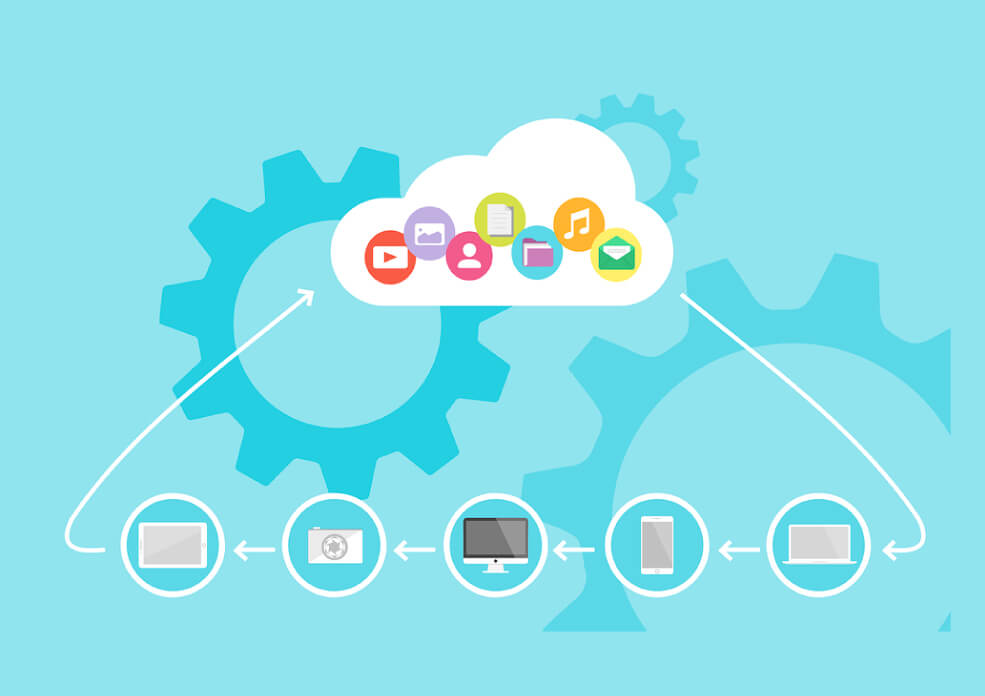
We know that a lot of blogs and articles out there don’t answer the real questions. Sure, you know that a CRM helps business managers and owners in all sorts of ways. We wrote our own article explaining what CRMS do and how this technology can change your entire customer experience.

We’re not that company that dances around the questions that might help you make big decisions about technology. Today’s question…
Where does a CRM actually exist?
CRMs, like many other software solutions, come in different types, and the most significant factor is where the CRM exists and how users can access it. Thankfully, multiple options mean that you can choose a CRM based on where you want it to live and how you want your employees to use the system.
Not all customers are the same, and not all businesses treat their customers the same. Any CRM system should allow businesses customizable options to improve customer care.
A CRM system should:
□ Replace your Rolodex and other archaic versions of client tracking
□ Access and monitor customer data
□ Gain insight and actionable information on business performance
□ Assess customer behavior easily
□ Streamline workflows and processes through automation.
Ultimately, the goal is to increase Customer Lifetime Value by engaging the sales flywheel and supporting your teams.
A Desktop CRM system lives on one desktop. This situation could work for solopreneurs or freelancers who do everything themselves. These types of CRM systems only work on the one computer where the owner installs them.
For that reason, these CRM systems offer more affordability because of the restriction of use. Though, they may still offer the same range of features as other types of CRM systems.
Client or server systems live in a database stored on the business or the client’s server. This means, users can access it through any computer with the coordinating software where the computer also has server access.

With a CRM server option, you can expect:
□ Startup costs for the server purchase
□ Costs for server installation
□ Time spent setting up the server
□ Responsibility for IT security and server maintenance
□ Limited options for upgrading features or functions
A cloud-based CRM operates online, and the provider handles the CRM server allowing access to the data and system via the cloud.
With a cloud-based CRM, you can expect:

□ Monthly fees for the supplier maintaining the server and providing updates
□ Lower initial costs
□ Easy to start right away
□ Remotely control features and functions
The biggest benefit of cloud-based CRMs is that users can access the system from nearly anywhere and don’t necessarily need that extra techy stuff like a secure VPN.
In the end, finding the right CRM is a huge decision because of the time investment and cost. You don’t want to go around trying a bunch of different options, so you need to make a decision with the information available. That’s tough in an age where everything seems so easy to implement or change.
Ultimately, what are the best options? A CRM server might be expensive, but it’s probably best for companies worried about security and control over the CRM. Alternatively, a cloud-based server might be the right choice for bigger companies that have remote teams and need easy mobile access.
At Woggle Consulting we’re always on the lookout for solutions that fit our customers best.
-Off you go! Your horizon awaits.